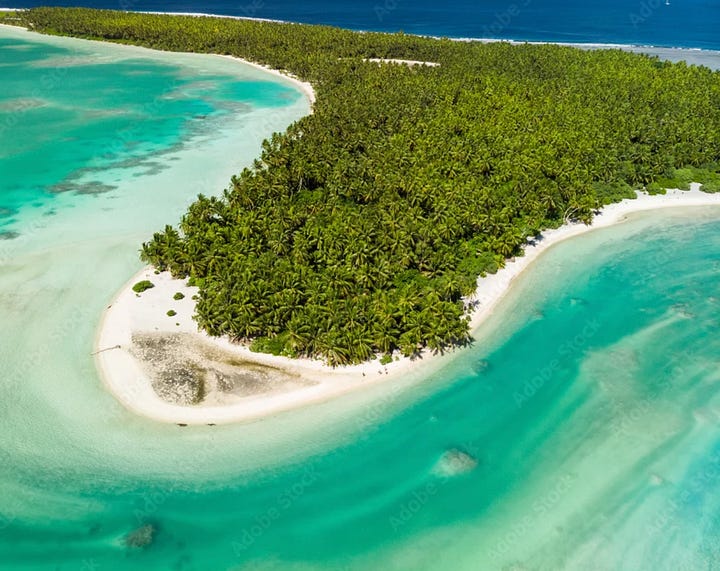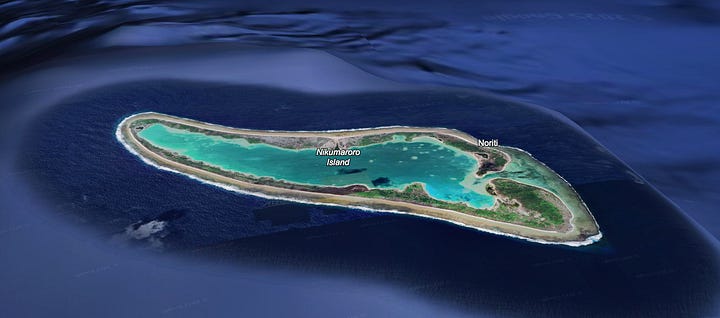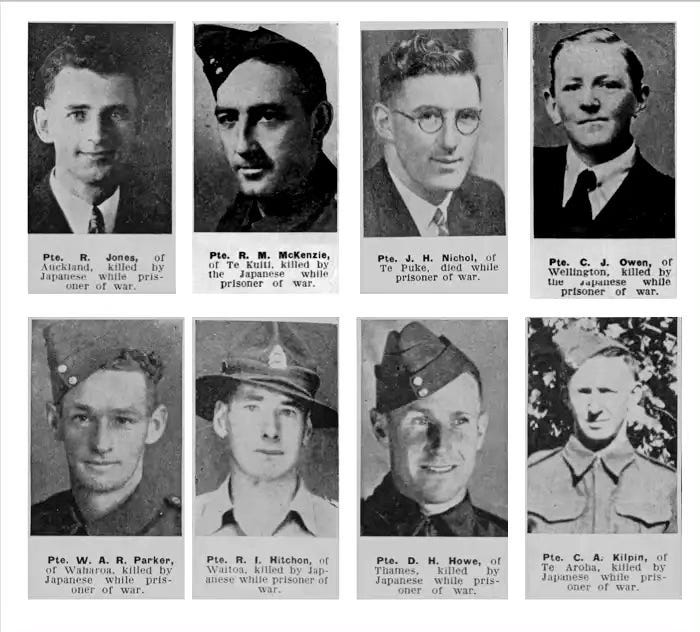Grasping at Coral or Finding Amelia Earhart
Impossible Mission Skips the Navigator, Murdered Coastwatchers & Sad Settlement
Every so often global media is ridiculously excited at a discovery, they say, that will lead to the remains of American flyer Amelia Earhart or significant bits of her Lockheed Electra 10E aircraft missing since 1937.
Her navigator Fred Noonan seldom gets a mention, but he’s never been found either. Any one who has ever been to Kiribati and any of its atolls, will have realised that thin aluminium panels and human remains, left exposed to the environment, would have vanished long ago.
What’s sad about the Earhart yarn is what is left out. In the case of the latest “find”, it would never have featured were it not for the 1942 murders of 17 New Zealand coastwatchers on Tarawa. And the Earhart story could have had a different outcome had it not been for the death of a Gerald B. Gallagher, quietly trying to build a new piece of the British Empire in the Phoenix Islands, part of what was the Gilbert Island, now Kiribati. The Phoenix main atoll, Canton or Kanton as it is now, reputedly has strategic significance that the Chinese are keen on. It has the same bleak harshness that would have hit Earhart and Noonan had they survived a crash on land.
The latest episode of Find Amelia came out of Purdue University in Indiana. They told US media they are mounting an expedition to Nikumaroro, 1069 kilometres north of Samoa and 1500 km east of Tarawa.
They are going there because a satellite photo appears to show the remains of Earhart’s plane peeking through the sand at Taraia spit, inside the atoll’s lagoon. As they will no doubt find, it's not sand but coral which over time tears everything apart. Some claim she could have landed on a low tide exposed area and survived. We will never know, but it is stretching credibility to believe that a plane parked or wrecked near the sole entrance to a lagoon would survive decades of tides. We’ve seen this media show before.


Earhart and Noonan had left Lae, New Guinea, on 2 July 1937 bound for US territory of Howland Atoll, 700 km north of Nikumaroro. Instead, they vanished. As the Japanese were active in the region, operating out of their mandated territories, rumours of spying were quickly associated with Earhart. But the stories were not credible; they got lost, ran out of gas and spiralled into the Pacific. Sail it, or fly over it in a Dreamliner, the Pacific’s emptiness is plain. Imagine finding your way across it without GPS or accurate instruments; guessing, all the time, wind speed and direction, and knowing that the target was tiny, the shadow of a cloud alone could obscure it. A large search was conducted, but nothing ever found.
As a Pacific journalist, the story kept re-occurring on the news agenda.
Keep reading with a 7-day free trial
Subscribe to Michael Field's South Pacific Tides to keep reading this post and get 7 days of free access to the full post archives.




